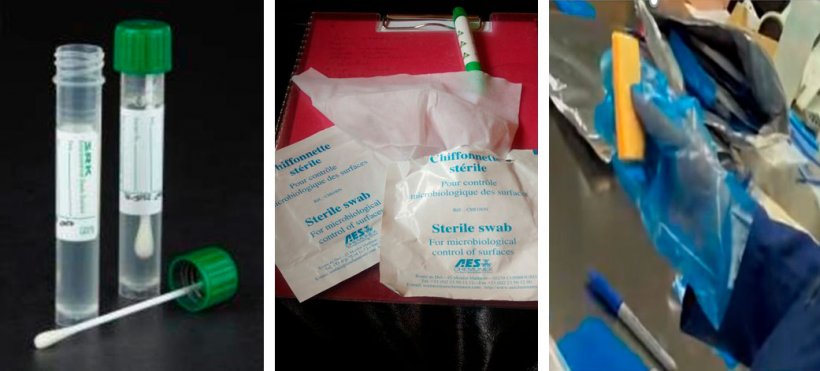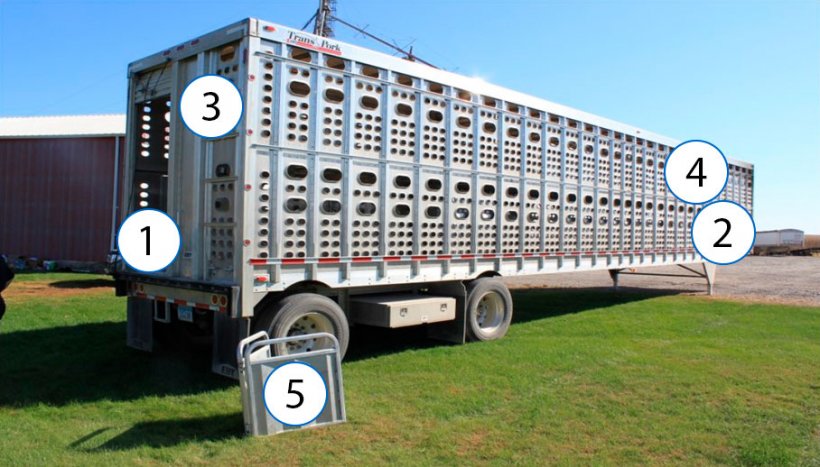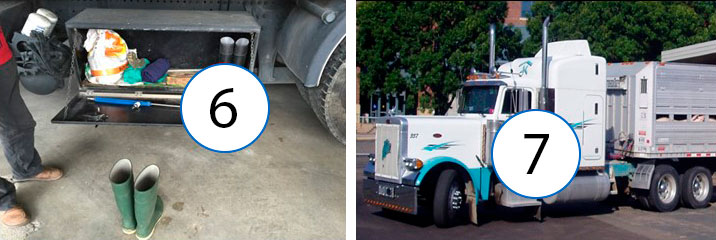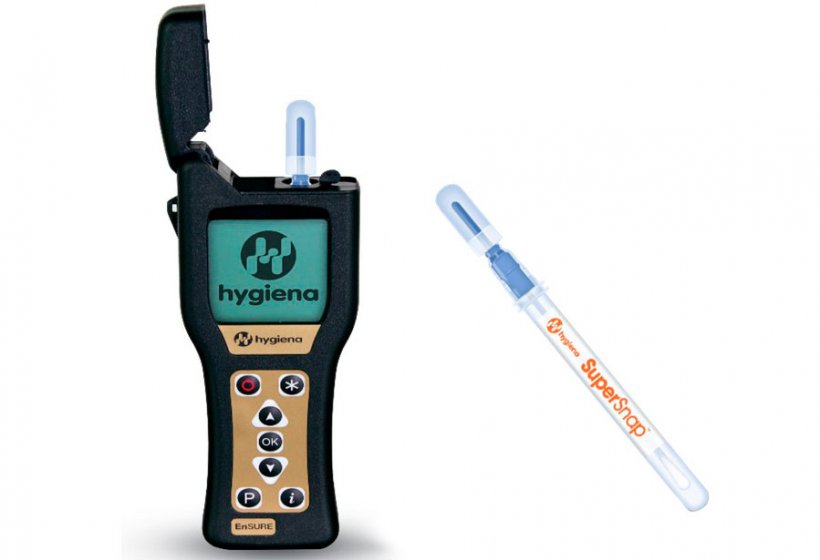After the visual assessment, discussed in the previous article of this series of articles on biosecurity in animal transport, we continue with the microbiological evaluation of this process.
Microbiological assessment

This system is used to assess the cleaning and disinfection procedure of vehicles, but not to assess the condition of a truck prior to loading; the main issue being the time required to obtain the information (incubation of the sample and results in 48-72 h). By that them the truck surely will have already delivered the load.
In microbiological validation, the main objective is detecting enterobacteria (Gram- bacteria that are part of intestinal microbiota). These enterobacteria will indicate the presence or absence of organic matter after the cleaning and disinfection of the vehicle. This method is used instead of specific PCRs for pig pathogens (PRRS, PED, etc.) because the PCR will only indicate the presence of genetic material, but never if the pathogen is viable and capable of infection.
For the transport vehicle microbiological check, it is important to standardize the sampling (which should always be done in the same way). This can be done using swabs or RODAC® plates, but due to the amount of surface area in a trailer, it is best to increase the surface area sampled by means of special wipes or sponges (Chiffonettes®/Sodi-box®) (Photo 1). Usually two samples are taken per trailer floor, and one from the tail lift, one from the cab, and one from the side boxes (Photo 2). This means 7 to 9 samples are taken per vehicle (depending on the number of decks of the trailer). The same amount of surface (cm²) must always be sampled from each point and this area size must be reported to the laboratory in order to give us the results in CFU/cm².

Photo 1. Swabs, Chiffonettes kit, and sponge.


Photo 2. Sampling points
Evaluation of results: there is nothing written about what the correct concentration of enterobacteria would be to deem a transport vehicle "suitable" or "unsuitable" for a load of animals. However, there are references for the food industry: an area is considered "suitable" if it has a load of 0-10 enterobacteria/cm². From this reference point, each company must determine their own acceptable cut-off point.
Detection of Adenosine Triphosphate (ATP)
Due to the constraint of time required to obtain results from microbiological cultures, there are other tools on the market to validate cleaning and disinfection, coming from the food industry, which can be used in the case of pig transportation in combination with microbiology. One of these tools is the detection of adenosine triphosphate (ATP). ATP is a component present in feces, organic residues, food, bacteria, protozoa, parasites, yeasts and fungi. However, it is not useful for detecting viruses. In the food industry, ATP detection on work surfaces is used as a quality control for cleaning and disinfection. It is a quick test (results in seconds) and easy for workers to use, but care must be taken with the interpretation of the results because it is a very sensitive test. The transport samples are taken at the control points mentioned above (Photo 2), but with a swab already containing a wetting agent and the enzyme luciferase (activated by the presence of ATP). An area of 10cm X 10cm is sampled at each control point. Using a luminometer (Photo 3), the bioluminescence of the swab is read and the results are obtained in RLUs (Relative Light Units).

Photo 3. Example of a luminometer and swab for ATP detection.
Evaluation of the results: as with the microbiological test, critical limits must be established to tell us which values can be considered suitable. In the food industry, these values can vary depending on the surface area sampled and the product being produced. In a study in Canada, the effectiveness of the cleaning and disinfection protocol for pig transport vehicles using the ATP bioluminescence method was evaluated, and the following critical values were established: suitable below 430 RLU / 100 cm²; a risk of contamination between 430 and 850 RLU/ 100 cm²; and a high risk at values above 850 RLU/ 100 cm² (these values are only examples).
When evaluating the results, samples should be taken at the wash facility after cleaning and disinfection because, as mentioned above, it is a very sensitive method and environmental contamination can increase positive values.
There is an initial investment for the luminometer, but the cost of each sample is not high (approx. 2 euros/swab). It is recommended to recalibrate the reading device (a calibration sample can be taken by swabbing the inside of a sterile syringe or a sterile "vacutainer®" tube).
The pig industry is increasingly aware that there must be protocols for the various procedures we carry out on farms and in animal transportation, and that these protocols must be in writing. However, sometimes we forget the final and most important step, the validation of the protocol to know if it really works (or in other words, quality control).











